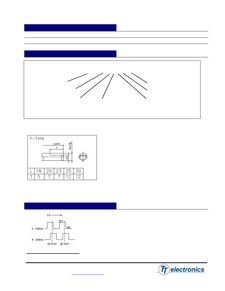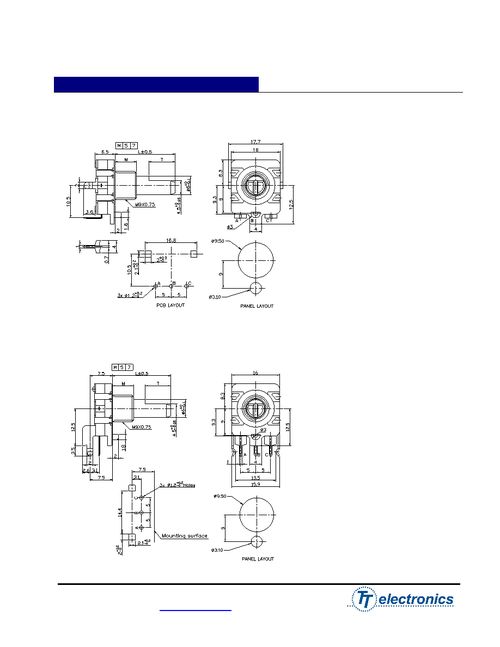
2 Bits: A Deep Dive into the Binary Building Blocks
Have you ever wondered what exactly a bit is and how it shapes the digital world around us? In this article, we’ll explore the fascinating world of bits, their significance, and their applications. So, let’s dive in and uncover the secrets of these binary building blocks.
What is a Bit?

A bit, short for binary digit, is the smallest unit of information in computing. It can represent either a 0 or a 1, which is the foundation of binary code. In the digital world, everything is made up of bits, from the text you’re reading to the images you see on your screen.
Here’s a simple example to illustrate the concept of a bit. Imagine you have a light switch. It can be either on (1) or off (0). In binary terms, the light switch can be represented as a bit. When the switch is on, it’s a 1, and when it’s off, it’s a 0.
Bits and Bytes

Now that we understand what a bit is, let’s talk about bytes. A byte is a collection of 8 bits. Bytes are the basic unit of storage in computers and are used to represent characters, numbers, and other data types. Here’s a table to help you visualize the relationship between bits and bytes:
| Bits | Bytes |
|---|---|
| 1 | 1/8 |
| 2 | 1/4 |
| 4 | 1/2 |
| 8 | 1 |
As you can see, a byte is made up of 8 bits. This means that a byte can represent 256 different combinations of 0s and 1s, which is enough to represent the characters in the ASCII encoding.
Bits in Computing

Bits play a crucial role in computing. Here are some key aspects of bits in computing:
-
Data Representation: Bits are used to represent data in computers. Different data types, such as integers, floating-point numbers, and characters, require different numbers of bits.
-
Memory Storage: Bits are the building blocks of memory storage. RAM, ROM, and other storage devices use bits to store and retrieve data.
-
Processor Operations: CPUs process data in bits. They perform arithmetic and logical operations on bits to execute instructions and perform computations.
Bits in Networking
Bits are also essential in networking. Here’s how bits are used in networking:
-
Data Transmission: Bits are transmitted over networks to send and receive data. The data is divided into packets, which are then sent as a series of bits.
-
Encoding: Bits are used to encode data into different formats, such as ASCII, UTF-8, and binary.
-
Signal Processing: Bits are processed by networking devices, such as routers and switches, to route data packets to their intended destinations.
Bits in Cryptography
Cryptography relies heavily on bits. Here’s how bits are used in cryptography:
-
Encryption: Bits are used to encrypt data, making it unreadable to unauthorized users. Encryption algorithms, such as AES and RSA, use bits to perform complex calculations and generate encryption keys.
-
Hashing: Bits are used to create unique identifiers for data, known as hash values. Hash functions, such as SHA-256, use bits to generate hash values that can be used to verify the integrity of data.
Conclusion
In conclusion, bits are the fundamental building blocks of the digital world. They are used in computing, networking, and cryptography to represent, store, and transmit data. Understanding bits is essential for anyone interested in the inner workings of computers and the internet.




